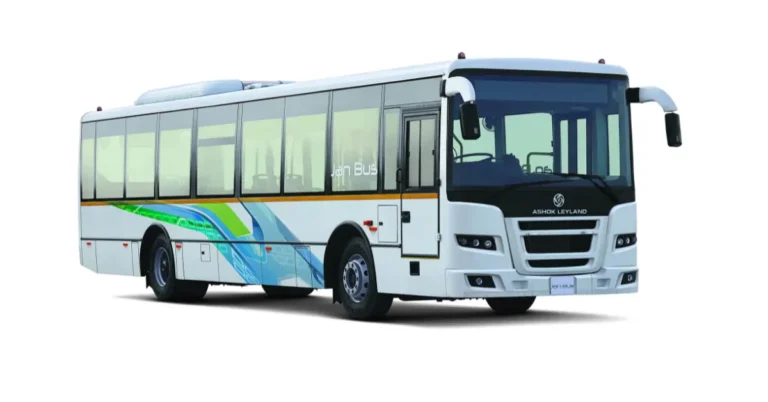Explained: MoRTH ADAS Mandate for Buses From April 2026
The MoRTH ADAS mandate for buses, effective from April 2026, will require all new buses in India to be equipped with advanced safety features like AEBS, DDAWS, and LDWS.

The Ministry of Road Transport and Highways (MoRTH) has announced a draft notification that mandates all new vehicles designed to carry more than eight passengers to be equipped with advanced driver assistance systems (ADAS) starting in April 2026.
This directive is part of a larger initiative aimed at improving the safety features of vehicles across India, which will include cars, SUVs, trucks, and buses.
The MoRTH ADAS mandate for buses is poised to reduce accidents drastically and improve driver alertness by incorporating cutting-edge safety technologies.
The new regulations specify that all new buses manufactured after April 2026 must be equipped with key ADAS features, such as:
- Advanced Emergency Braking System (AEBS)
- Driver Drowsiness and Attention Warning System (DDAWS)
- Lane Departure Warning System (LDWS)
These features are designed to prevent accidents by providing real-time alerts to drivers and taking corrective actions when necessary.
India’s First Payment Security Mechanism Tender for E-Buses to Be Issued Soon
For a country like India, where there has been at least one fatal bus accident every day, the introduction of ADAS in buses will mark a significant step forward in making public transport safer.
The AEBS will automatically apply the brakes if the system detects an imminent collision and the driver fails to react in time, preventing or mitigating the severity of the crash.
The LDWS will help keep drivers alert by issuing warnings when the bus unintentionally drifts out of its lane, helping prevent accidents caused by driver fatigue or inattention.
Moreover, the DDAWS will monitor the driver’s alertness and issue warnings if signs of drowsiness or lack of attention are detected, further promoting road safety.
These systems are particularly important for long-distance bus travel, where driver fatigue is a major concern.
With the MoRTH ADAS mandate for buses, these technologies will provide an additional layer of protection, improving safety for both passengers and other road users.
This new directive not only targets buses but also applies to other vehicles such as trucks and mini-buses. Existing models will be required to implement these safety features by October 2026, ensuring that all vehicles on the road are up to date with the latest safety technologies.
The MoRTH’s draft notification also includes plans to amend the Central Motor Vehicle Rules (CMVR), introducing additional safety features like blind spot monitoring for trucks and buses.
The blind spot monitoring system will help drivers avoid collisions with pedestrians and other vehicles that are out of their line of sight—an especially crucial feature considering the size and blind spots of larger vehicles like buses.
Catch the latest Bus Industry updates, Exclusive Interviews, Bus News, and International Bus News on Coach Builders India. Download the latest issue of the The Bus Insider magazine for more insights.







